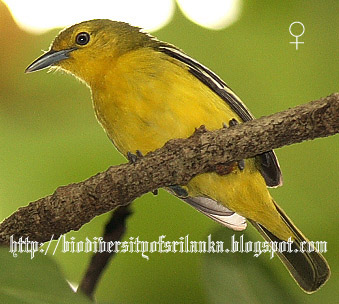Winter migrant to the island Europe to North-western Siberia .
සිංහලෙන් කියවන්න >>






















